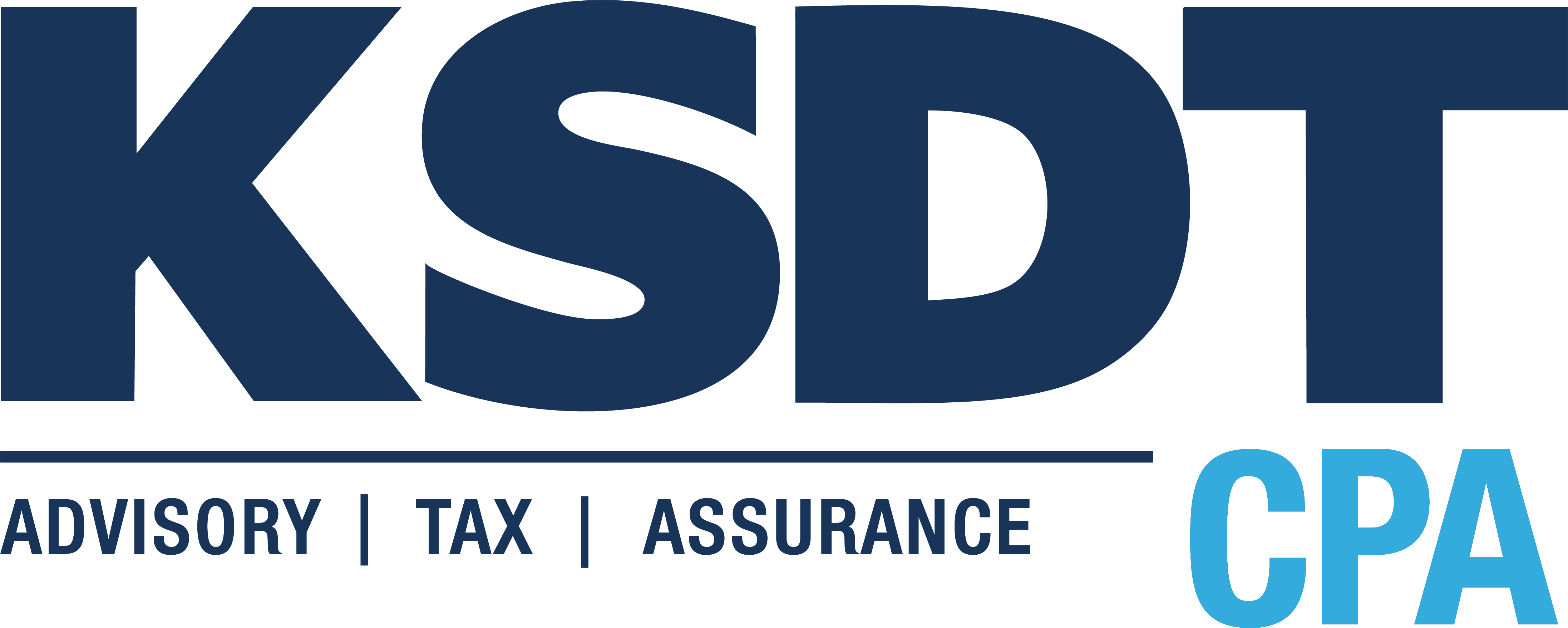The holiday month of December brings celebration as well as reflection for all the events that occurred in 2014. It also gives us great hope for a new fabulous start in 2015. Here are three ideas to start 2015 with a bang. Read more
- Find a focus for the year.Instead of getting into the rut of making and breaking resolutions, consider having a focus for the entire year. Choose your focus from among things like:
- Developing a department in your business, such as your sales, marketing, operations, HR, admin, or another. The focus will be on building or expanding the department you’ve chosen to work on.
- Changing your company culture to a trait or aspect you want to be known for. Developing the trait will be your focus.
- Building a relationship with an individual or a group of people related to your business. The relationships are the focus.
- Live by a theme for 2015.Your theme could be an emotion or expression such as gratitude or compassion. It could be a color – purple – just for fun. You might adopt a favorite quote or religious verse or even song. Your goal for the year will be to embody your theme and/or bring it into other’s lives as well.
- Do the one big thing.Are you holding back on a huge dream for yourself? Then take steps in 2015 to move closer to it. Make 2015 your year to do the one big thing that’s been weighing heavily on your mind. Just think how you’d feel if you finally did it; your life would be forever altered.
Happy 2015Write your focus, your theme, or your one big thing on dozens of sticky notes, and plaster them everywhere. Mark your calendar and to do list with reminders and milestone checks. Make art out of your sticky notes, and post them on the refrigerator door and your office walls. That way, the reminder will be physically with you all year.
We wish you a happy and healthy new year to you and yours.
